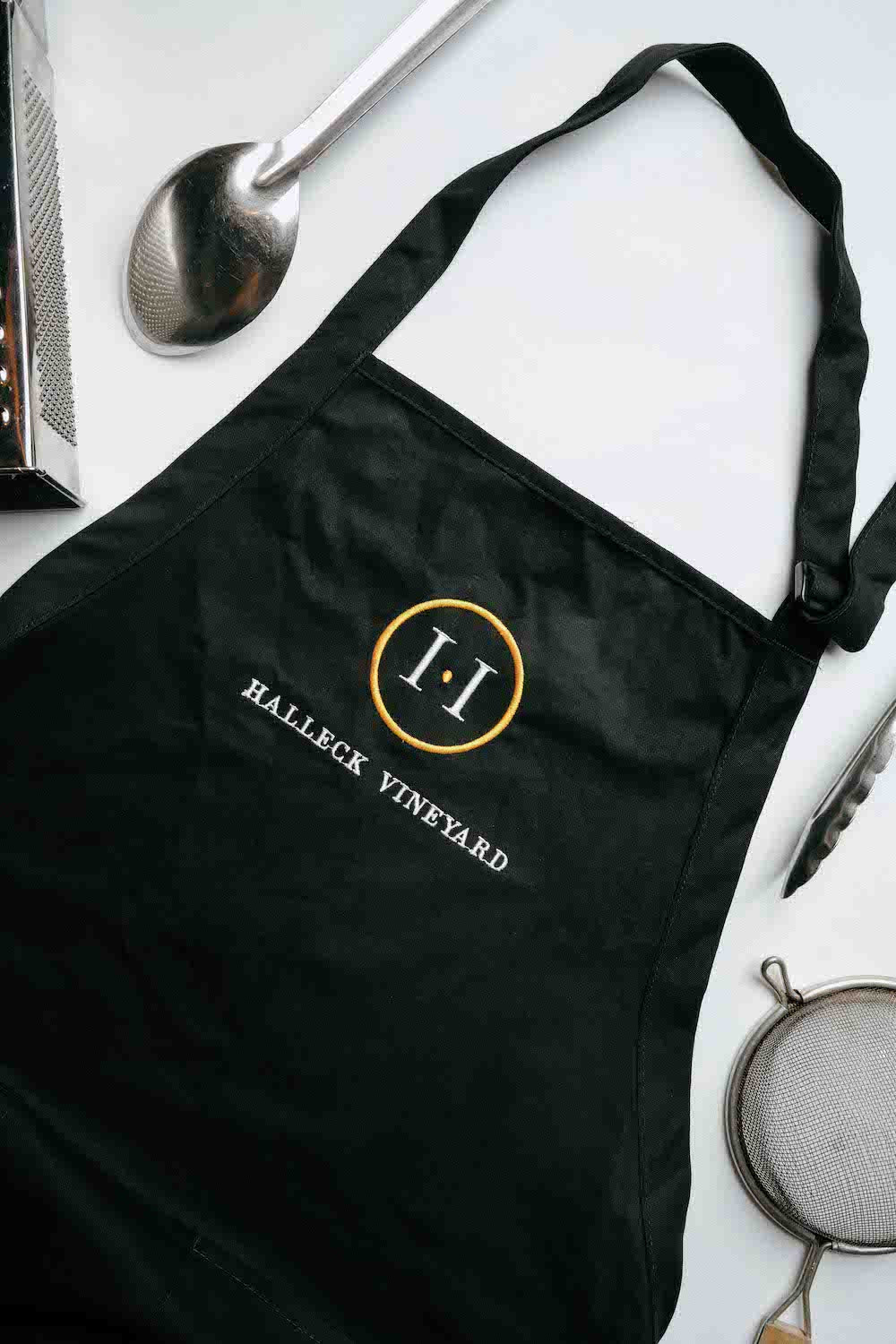Wineries Known For Handcrafted Wines - Wine Tasting Activities In Sebastopol
Wineries Known For Handcrafted Wines - Wine Tasting Activities In Sebastopol
Blog Article
Wineries With Outdoor Seating - Sonoma Vineyard Tours
Wine tasting is an art that mixes sensory experience with an appreciation for the nuances of different varietals. How to gauge flavors in winery wine tasting sessions is pivotal to greedy the complexities of wine.
Engaging in a wine tasting includes more than merely sipping and savoring. It requires a targeted method to establish aromas and flavors that each wine presents. As you begin, observe the wine's look, noting its colour and readability. These visible cues often suggest a wine’s age, grape variety, and even potential flavor profiles.
The next step within the tasting course of is to swirl the wine in your glass. This motion releases fragrant compounds which are very important for evaluation. Lean in and take a moment to inhale deeply; the aromas can vary from floral and fruity to spicy and earthy. The nostril of the wine is simply as necessary as the palate, and recognizing scents plays a big role in understanding the general experience.
When taking your first sip, permit the wine to move across your palate - Interactive Wine Tasting Experiences In Sonoma. Discover the preliminary flavors that present themselves. Is the wine fruity, floral, or perhaps herbaceous? This preliminary style provides insight into what the wine is more likely to categorical as you proceed to judge it. The mouthfeel additionally contributes to the overall flavor experience; it might be silky, tannic, or even effervescent.
Wineries That Offer Dog Friendly Areas - Sonoma Valley Vineyards And Wine Tasting
As you proceed tasting, pay consideration to the wine’s steadiness. A well-balanced wine will harmonize acidity, sweetness, and tannins. If one part overwhelms the others, it would point out a much less fascinating quality. Evaluating stability can help you identify how properly the wine may pair with food.
Transitioning to the finish, consider how the flavors evolve as the wine lingers on your palate. A lengthy, pleasant end can indicate a high-quality wine, whereas a brief or abrupt end may suggest otherwise. Replicate on whether or not the flavors remain consistent or if new notes emerge because the wine settles. This development can reveal complexities and intricacies that may not have been apparent in the preliminary tasting.
Temperature is also a vital think about evaluating wine flavors. Totally Different kinds of wine are optimally enjoyed at particular temperatures. White wines typically shine when chilled, while red wines typically perform best at room temperature. When tasting, ensure the wine is on the applicable temperature to fully recognize its character.
Best Chardonnays From Sonoma Winemakers - Sonoma Area Winery For Tasting
Pairing food with wine can significantly enhance the tasting experience. Foods can influence the perception of flavors in wine, either highlighting sure traits or diminishing them. When evaluating flavors, contemplate how the wine interacts with completely different meals, noticing which flavors are amplified or muted (Wine Tasting Experiences With Local Cheese).

Consider the affect of terroir as you have interaction in a winery tasting. Terroir encompasses the unique environmental components that have an result on grape growing, together with soil composition, climate, and geography. Understanding a wine's terroir can present perception into its flavors and aromas, fostering a deeper appreciation for the alternatives made during its cultivation and manufacturing.
Education plays a fundamental position in enhancing one's ability to gauge wine flavors. Studying about grape varieties, wine regions, and manufacturing methods can pave the method in which for extra informed judgments throughout tastings. Moreover, attending workshops or classes can refine sensory skills and increase your flavor vocabulary, enabling you to articulate tasting notes extra effectively.

Finally, it is essential to do not overlook that evaluating wine flavors is a highly personal experience. Individual preferences and perceptions will invariably shape one’s tasting journey. Enjoyment must be at the forefront, with the analysis process performing as a software to enhance understanding and appreciation somewhat than create rigid guidelines.
Wine Tasting Tours In Russian River Valley - Sonoma Valley Vineyards And Wine Tasting
In conclusion, mastering tips on how to consider flavors in winery wine tasting sessions entails a combination of sensory engagement, data, and practice. By learning to determine aromas, assess the balance, and respect the intricacies of flavor, wine enthusiasts can deepen their connection to every bottle they encounter. As with any art type, the more one immerses themselves in the experience, the more they will uncover and enjoy the vast world of wine.
- Begin by observing the wine's color and readability, as these visible components can hint at its flavor profile and growing older potential.
- Swirl the wine gently in your glass; this releases fragrant compounds, permitting you to raised establish the complicated scents related to the wine.
- Take a deep inhale before tasting, focusing on each major and secondary aromas to gather insights on fruits, spices, and different nuances.
- When tasting, enable the wine to coat your palate; note the preliminary flavors, the mid-palate complexity, and the end as these stages can provide totally different flavor highlights.
- Pay consideration to texture and mouthfeel, as elements similar to tannin ranges, acidity, and sweetness contribute considerably to the general tasting experience.
- Examine flavors towards normal wine characteristics; for purple wines, consider berry notes, oak influence, and herbal tones, while whites could embody citrus, stone fruits, and floral hints.
- Take notes in the course of the tasting session to trace your impressions, serving to you to remember and evaluate the different wines sampled.
- Discuss your findings with fellow tasters or winery staff, as sharing insights can improve understanding and appreciation of particular person flavors.
- Permit time for the wine to breathe; typically, flavors evolve and reveal new dimensions after being exposed to air.
- Experiment with food pairings during the tasting as they'll dramatically alter how flavors are perceived, influencing total enjoyment.undefinedWhat should I look for when evaluating the aroma of wine throughout a tasting?
Begin by swirling the wine in your glass to release its aromas. Bring the glass to your nostril and take a deep breath. Pay attention to the first scents you detect, see here as these are sometimes probably the most outstanding. Look for fruit, floral, herbal, or earthy notes and attempt to determine specific traits, which will deepen your understanding of the wine's complexity.
Wineries With River Views - Exploring The Vineyards Of Sonoma
How can I distinguish between completely different flavor profiles in wine?
Understand that flavor profiles are sometimes categorized as fruit, floral, herbaceous, spicy, or mineral. Take small sips and permit the wine to coat your palate. Notice the first flavors that emerge first and the delicate notes that follow. This layering is crucial in distinguishing the wine's characteristics and can help you recognize its unique profile.
Interactive Wine Tasting Experiences In Sonoma - Sebastopol Wine Country Vineyards Adventure
What is the importance of the wine's texture in a tasting?

The texture of the wine, also known as mouthfeel, performs a crucial position in how we understand flavors. Pay attention as to whether the wine feels smooth, creamy, or gritty. The body of the wine (light, medium, or full) can improve or contrast with flavors, offering a extra rounded experience during tasting.
How do I assess the steadiness of flavors in wine?
Balance in wine refers again to the concord between acidity, sweetness, tannin, and alcohol. Take a moment to assess whether these parts complement or interfere with each other. A well-balanced wine will have none of its parts overpowering the others, creating a nice tasting experience.
Exclusive Wine Clubs In Sonoma - Sonoma’s Lush Vineyard Landscapes
What role does temperature play in evaluating wine flavors?
Temperature can considerably influence the notion of flavors. Usually, pink wines are greatest served barely below room temperature, whereas white wines benefit from being chilled. As the temperature adjustments, the aromas and flavors can shift, allowing you to understand different traits. It’s important to taste wine at its optimal temperature for true evaluation.
Elegant Wine Tasting Locations In Sonoma - Top-Rated Wineries In Sebastopol
How can I improve my tasting skills over time?
Practice is essential to improving your tasting skills. Wineries In The Heart Of Sonoma County Wine Region. Attend tastings, keep a journal of your experiences, and explore several types of wines to broaden your palate. Moreover, learning about wine manufacturing and grape varieties can present context that enhances your evaluation course of, making you a extra informed taster.
Is there a selected order during which I should taste the wines?
Wineries Ideal For Romantic Getaways - Sebastopol Wineries
Sure, it’s advisable to taste wines from light to full-bodied and dry to sweet. This development prevents the stronger flavors from overshadowing the extra delicate ones, allowing you to completely recognize each wine's characteristics and nuances with out palate fatigue.
How can I consider the aftertaste of wine?
Wineries Near Sonoma Square - The Charm Of Sonoma Wineries
The aftertaste, or finish, is an important aspect of the wine-tasting experience. After swallowing, take note of how long the flavors linger on your palate and whether they change. A long, pleasant end is commonly an indicator of a high-quality wine, whereas a brief or disagreeable end might recommend otherwise.
Why is it important to note the wine’s acidity during tasting?
Acidity contributes to the general freshness and construction of the wine. Pay consideration to the tingling sensation in your tongue; greater acidity can enhance the wine's liveliness and click site balance out sweetness. Noting acidity helps determine the wine's versatility with food and its getting older potential.
What ought to I do if I wrestle to determine specific flavors in wine?
Popular Wineries With Outdoor Seating In Sonoma - Tasting Experiences In Sebastopol Vineyards
Struggling to determine flavors is widespread, especially for newbies. Focus on broader classes and describe what you'll find a way to acknowledge, corresponding to candy or earthy notes. With practice, studying about completely different flavor profiles, and maybe utilizing flavor wheels, you may refine your senses and develop a extra nuanced strategy to tasting. Report this page